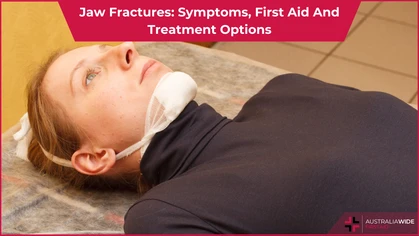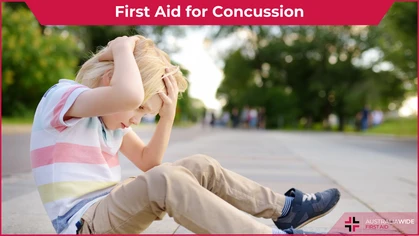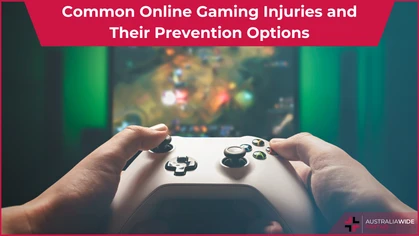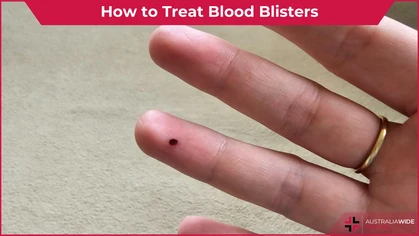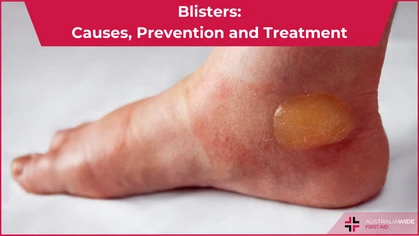Soft Tissue Injuries in Sports: Causes, Types, and Recovery Strategies

Injury
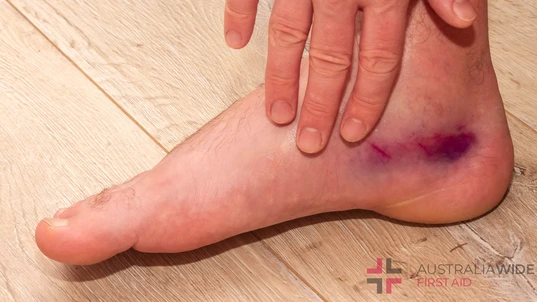
Find out how to prevent and treat these injuries to get back in the game.
Soft tissue injuries are common in sports and can range from mild to severe. These injuries affect the muscles, tendons, and ligaments that connect the muscles to the bones. These tissues are essential for movement; any damage can cause pain, swelling, and difficulty moving the affected area.Causes of Soft Tissue Injuries in Sports
Soft tissue injuries are caused by overuse, direct trauma, poor training techniques, and skipping warm-ups. Athletes are prone to overuse injuries, while direct trauma can affect anyone. Common areas for soft tissue injuries include the knee, shoulder, foot, and wrist. These injuries can be sprains, strains, partial tearing, or complete tears of muscles, tendons, or ligaments. The medial collateral ligament in the knee is often affected. Causes of Soft Tissue Injuries:- Overuse injuries from repetitive physical activity
- Trauma, such as a direct blow to the affected area
- Poor training techniques and lack of warm-up exercises
Types of Soft Tissue Injuries
The most common soft tissue injuries in sports are sprains and strains: Soft Tissue Injury Knee:- The knee joint is particularly susceptible to soft tissue injuries due to its weight-bearing nature and complex structure.
- The shoulder joint is a complex structure that consists of multiple muscles, tendons, and ligaments, making it vulnerable to soft tissue injuries.
- The foot is a complex structure that contains many bones, muscles, tendons, and ligaments, making it susceptible to soft tissue injuries.
- The wrist joint is made up of many small bones, muscles, tendons, and ligaments, making it vulnerable to soft tissue injuries.
Common Soft Tissue Injuries in Sports
Athletes often get knee injuries, with the most common being a tear in the MCL, located on the inner side of the knee joint. Shoulder injuries are also common in sports, especially those that involve throwing or overhead movements. Rotator cuff strains and tears are among the most common shoulder injuries. Foot injuries can occur due to overuse or trauma, and plantar fasciitis is a common soft tissue injury affecting the foot. This condition causes pain and swelling in the tissue that connects the heel bone to the toes. Wrist sprains are common in sports that involve hand movements, such as tennis or gymnastics. This injury affects the ligaments in the wrist and can cause pain, swelling, and difficulty moving the wrist.Best treatment for soft tissue injury
How to treat soft tissue injury ?, it is important to take proper precautions to avoid further damage.- For knee injuries various treatment options may be employed, such as physical therapy, medication, or surgery. Knee braces or crutches can help to provide additional support and protect the affected area during the recovery process. In the case of shoulder injuries
- Shoulder Injury the RICE technique should also be followed, and it is often recommended to immobilise the shoulder with a sling or brace in order to avoid any further strain
- Soft tissue injury foot treatment
- Treatment is similar, including rest, ice, compression, elevation, and physical therapy, as well as medications and sometimes surgery. Wearing a brace or cast can also be helpful in keeping the foot protected during the recovery period.
- Soft tissue wrist injuries
- RICE (rest, ice, compression, and elevation) is first-line treatment to reduce swelling, pain, and inflammation.
- Physical therapy is important for strengthening the affected area and improving range of motion.
- Anti-inflammatory medication may be prescribed to reduce pain and swelling.
- Surgery is reserved for severe cases that do not respond to other treatments.
Preventing Soft Tissue Injuries
Preventing soft tissue injuries in sports is essential for athletes:- Proper warm-up exercises and stretching before physical activity
- Using proper techniques to avoid overuse injuries
- Paying attention to the body and seeking medical attention if experiencing pain or swelling
Conclusion
Soft tissue injuries are common in sports and can happen for various reasons, such as overuse, trauma, poor training techniques, or lack of warm-up exercises. The most common types of injuries are sprains and strains, but athletes can also suffer from complete or partial tears. These injuries often occur in the knee, shoulder, foot, and wrist. To recover from a soft tissue injury, athletes must do RICE ( rest, ice, compress, elevate,) and seek physical therapy or anti-inflammatory medication. Athletes can prevent injuries by warming up, using proper techniques, paying attention to their bodies, and seeking medical attention if they experience pain or swelling. Athletes must know the causes, types, and recovery strategies for soft tissue injuries to stay healthy and perform their best. By taking preventive measures and getting proper treatment when needed, athletes can avoid injuries and recover more quickly. In severe cases, surgery may be necessary.
Originally published at
https://www.australiawidefirstaid.com.au/resources/soft-tissue-injuries-in-sports
as part of the Australia Wide First Aid Articles Library


